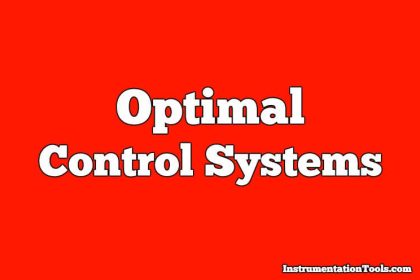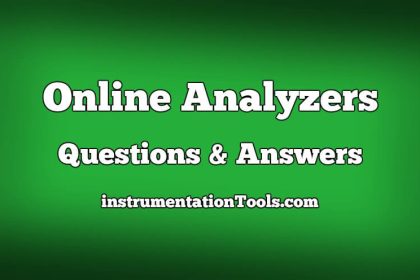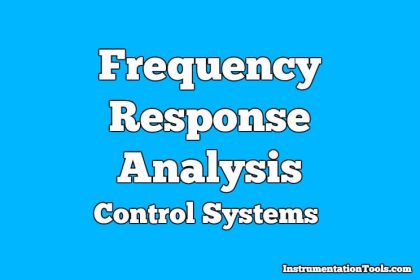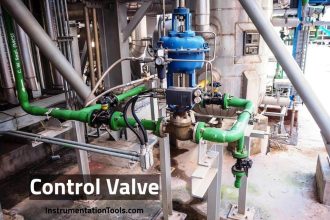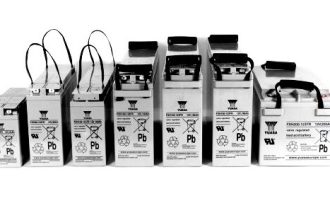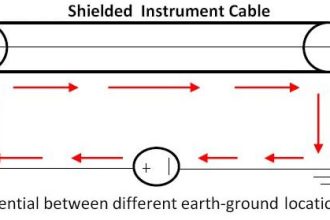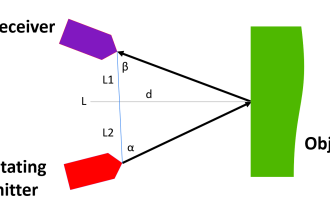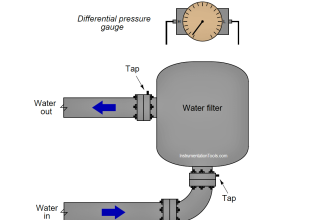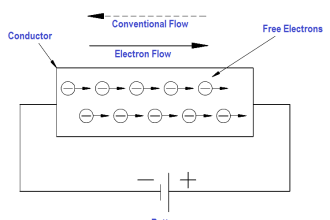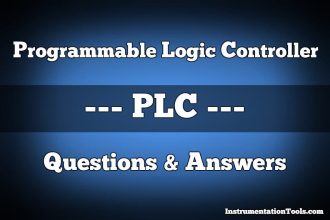Design Considerations for Higher-Order Systems MCQ
1. Which one of the following statements is correct?
The effects of the phase lead compensator or gain cross over frequency and the bandwidth are:
a) That both are decreased
b) That gain cross over frequency reduces but BW is increased
c) That gain cross over frequency increases but BW is decreased
d) That both are increased
Answer: d
Explanation: Phase lead compensator acts like a high pass filter. So gain crossover frequency and bandwidth both increases.
2. How does cascading an integral controller in the forward path of a control system affect the relative stability (RS) and the steady-state error of that system?
a) RS and SSE are increased
b) RS is reduced nut SSE is increased
c) RS is increased but SSE is reduced
d) RS and SSE are reduced
Answer: d
Explanation: Integral Controller acts like a low pass filter. It reduces the stability as well as steady state error.
3. With regard to the filtering property, the lead compensator and the lag compensator are respectively :
a) Low pass and high pass filters
b) High pass and low pass filters
c) Both high pass filter
d) Both low pass filters
Answer: b
Explanation: Lead compensator is a high pass filter and Lag compensator is a low pass filter.
4. What is the effect of phase-lag compensation on the performance of the servo system?
a) For a given relative stability, the velocity constant is increased
b) For a given relative stability, the velocity constant is decreased
c) The bandwidth of the system is increased
d) The time response is made faster
Answer: a
Explanation: Phase lag compensation is an integrator. It reduces the steady state error. Velocity constant = 1/ (steady state error). So, the velocity constant is increased.
5. Which one of the following is an advantage of a PD controller in terms of damping and natural frequency?
a) G remains fixed but natural frequency increases
b) G remains fixed but natural frequency decreases
c) Natural frequency fixed but G increases
d) Natural frequency fixed but G decreases
Answer: c
Explanation: Comparing with the characteristic equation natural frequency remains fixed but the value of G that increases hence the transient response is improved.
6. Which one of the following is a disadvantage of proportional controller?
a) It is destabilizes the system
b) It produces offset
c) It makes the response faster
d) It has very simple implementation
Answer: b
Explanation: Main disadvantage of proportional controller is produces the permanent error is called offset error.
7. A process is controlled by PID controller. The sensor has high, measurement noise. How can the effect be reduced?
a) By use of bandwidth limited derivative term
b) By use of proportional and derivative terms in the forward path
c) By use of high proportional band
d) By use of low integral gain
Answer: b
Explanation: The effect of noise can be reduced by the use of proportional and derivative controller in the forward path.
8. Consider the following statements for a PI compensator for control system.
1. It is equivalent to adding a zero at origin
2. It reduces overshoot
3. It improves the steady state error of the system
Which of the statements given above are correct?
a) 1 and 3
b) 1,2 and 3 only
c) 2 and 3
d) 1 only
Answer: c
Explanation: PI compensator adds one open loop pole at origin and open loop zero at negative real axis.
9. The input to a controller is :
a) Sensed signal
b) Error signal
c) Desired variable value
d) Signal of fixed amplitude not dependent on desired value
Answer: b
Explanation: Input to the controller is always the parameter of the system which is to be controlled that is the desirable value.
10. What is the characteristic of a good control system?
a) Sensitive to parameter variation
b) Insensitive to the input command
c) Neither sensitive to parameter variations not sensitive to input commands
d) Insensitive to the parameter variation but sensitive to the input commands
Answer:
Explanation: In a good control system, output is sensitive to input variations but insensitive to parameter variations.



